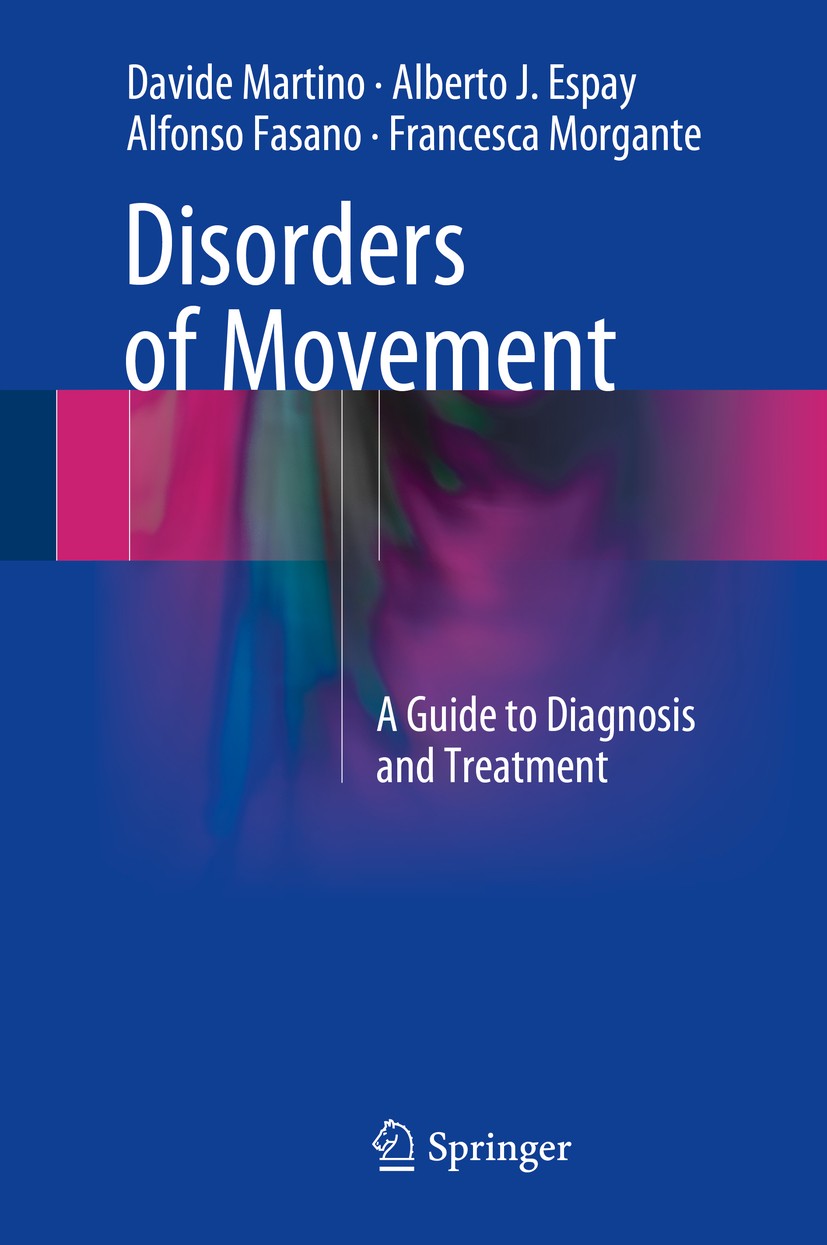| 书目名称 | Disorders of Movement | | 副标题 | A Guide to Diagnosis | | 编辑 | Davide Martino,Alberto J. Espay,Francesca Morgante | | 视频video | http://file.papertrans.cn/282/281481/281481.mp4 | | 概述 | Ideal aid to the differential diagnosis and management of movement disorders.Pays detailed attention to the phenomenology of the disorders.Numerous diagrams, algorithms, tables, summary boxes, and ill | | 图书封面 |  | | 描述 | This concise but comprehensive book will help interested readers in the health care professions to navigate their way through the jungle of movement disorders, including the potentially complex differential diagnosis and management. The different disorders are discussed in individual sections that explain how to examine the patient and recognize the disorder from its basic phenomenology, how to confirm a diagnosis, how to distinguish a particular disorder from related conditions, and how to treat each disorder effectively. The book makes liberal use of diagrams, algorithms, tables, summary boxes, and illustrations to facilitate solution of clinical problems at the bedside and to solidify previously learned clinical and therapeutic concepts. It will be of interest to a broad audience of health professionals, scientists, and medical students. | | 出版日期 | Book 2016 | | 关键词 | Neurological Disorders; Movement Disorders; Clinical and Therapeutical Concepts; Differential Diagnosis | | 版次 | 1 | | doi | https://doi.org/10.1007/978-3-662-48468-5 | | isbn_softcover | 978-3-662-56925-2 | | isbn_ebook | 978-3-662-48468-5 | | copyright | Springer-Verlag Berlin Heidelberg 2016 |
The information of publication is updating

|
|
 |Archiver|手机版|小黑屋|
派博传思国际
( 京公网安备110108008328)
GMT+8, 2026-1-2 09:19
|Archiver|手机版|小黑屋|
派博传思国际
( 京公网安备110108008328)
GMT+8, 2026-1-2 09:19


